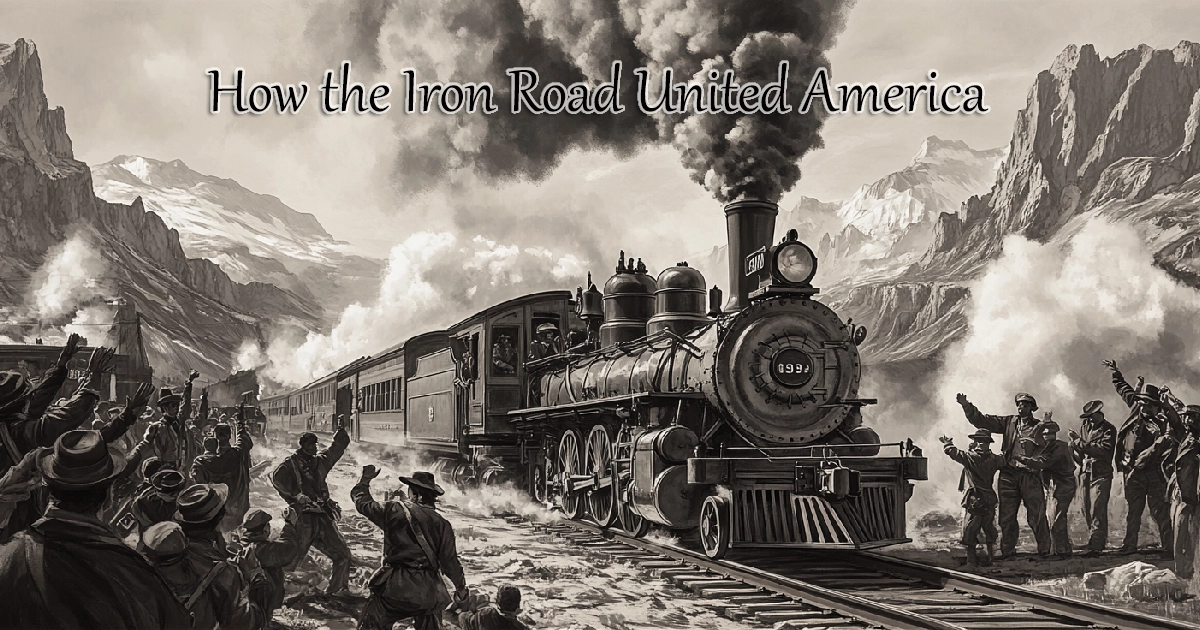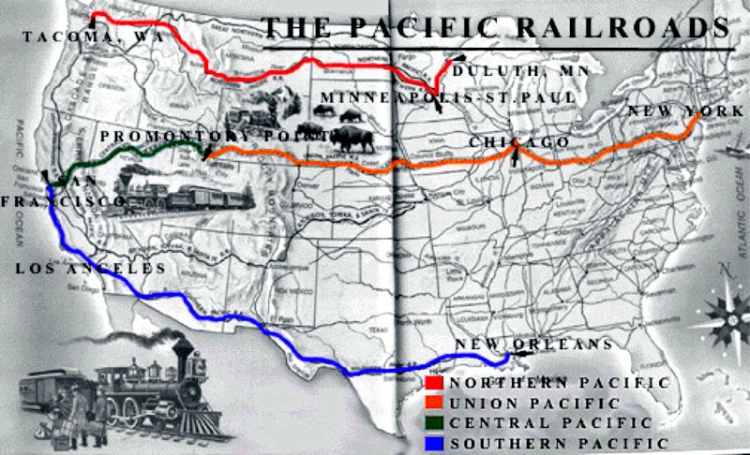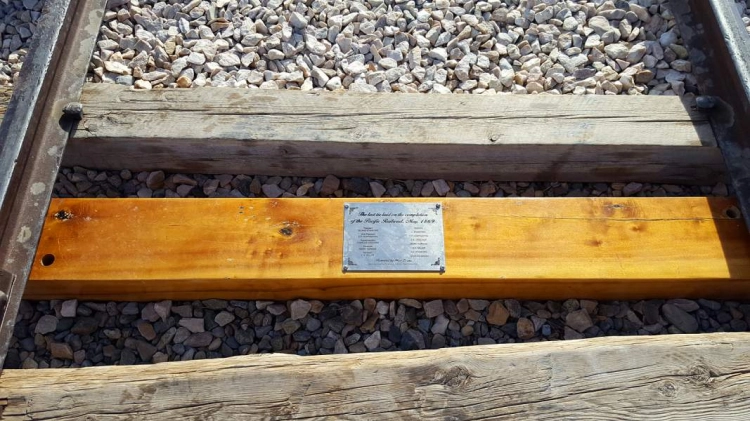

It’s the mid-1800s, and the United States is a patchwork quilt of opportunity and ambition. Gold rushes are fueling dreams out west, while industry booms in the east. But there’s a big problem—travel between these two regions is a nightmare. With rugged terrain, endless plains, and treacherous mountains standing in the way, moving people and goods across the country feels like an impossible dream. Enter the Transcontinental Railroad, a feat of engineering that would forever change the course of American history.
The idea of a transcontinental railroad wasn’t new. In fact, as early as the 1830s, visionaries were toying with the concept of a coast-to-coast railway. But it wasn’t until the 1850s that the plan began gaining serious traction. Congress debated furiously over the best route to take—northern, southern, or central. Spoiler alert: They eventually chose the central route, cutting through the heart of the nation.

The Pacific Railway Act of 1862 made it official, authorizing the construction of a railroad that would connect the existing eastern rail network to California. Two companies, the Union Pacific Railroad and the Central Pacific Railroad, were tasked with this monumental challenge. And boy, would they face challenges.
Let’s set the stage. The Union Pacific Railroad began building westward from Omaha, Nebraska, while the Central Pacific Railroad started in Sacramento, California, heading east. Both companies were in a fierce race to lay as much track as possible, fueled by government incentives that paid per mile completed.
The Union Pacific had the advantage of flat terrain for much of its journey, but that didn’t mean it was smooth sailing. Workers had to deal with harsh weather, Native American resistance, and rough living conditions. Meanwhile, the Central Pacific faced an even more daunting task: the Sierra Nevada mountains. Blasting through solid granite to carve tunnels was slow, dangerous, and backbreaking work.
The Transcontinental Railroad was built on the sweat and determination of thousands of workers, many of whom were immigrants. The Union Pacific employed large numbers of Irish laborers, Civil War veterans, and freed African Americans. On the other hand, the Central Pacific relied heavily on Chinese immigrants, who became the backbone of their workforce.
The contributions of Chinese railroad workers cannot be overstated. Despite facing brutal working conditions, racism, and perilous tasks—like hanging in baskets to place explosives on sheer cliffs—they persevered. Their efforts were instrumental in completing the railroad, though their contributions were largely overlooked for decades.
Building the Transcontinental Railroad wasn’t just about laying track. It required solving complex engineering problems. For example, the Central Pacific had to invent techniques for snow removal in the Sierra Nevada, including building massive snow sheds to protect the tracks. Meanwhile, the Union Pacific had to deal with long supply lines and logistical challenges in the remote plains.
Both companies relied on innovative tools and methods, from steam-powered drills to clever bridge designs. Yet, progress wasn’t without corruption and shortcuts. The infamous Crédit Mobilier scandal revealed that Union Pacific executives had been skimming government funds meant for construction.
After years of grueling labor, the two railroads finally met on May 10, 1869, at Promontory Summit, Utah. The ceremonial "golden spike" was driven into the final tie, symbolizing the connection of the East and West. The moment was monumental—not just for the workers and railroad executives, but for the entire country.

The Transcontinental Railroad transformed America in countless ways. It slashed cross-country travel time from months to mere days. Goods could now move efficiently across the nation, spurring economic growth. Towns sprang up along the rail lines, and the railroad became a lifeline for settlers heading west.
While the Transcontinental Railroad was hailed as a triumph of progress, it came at a cost. The railroad cut through lands that had been home to Native American tribes for centuries, disrupting their way of life. Buffalo herds, a vital resource for many tribes, were decimated as hunters shot them in staggering numbers to feed railroad workers or for sport.
This rapid westward expansion fueled by the railroad contributed to the forced displacement of Native American communities, leading to significant cultural and social upheaval.
The Transcontinental Railroad didn’t just connect two coasts—it united a nation. It laid the foundation for America’s industrial expansion, enabling the flow of goods, people, and ideas like never before. Railroads would dominate transportation for decades, shaping the growth of cities and industries.
Today, you can still visit Promontory Summit and see a replica of the golden spike. The railroad’s legacy lives on in our modern infrastructure, a reminder of the grit and determination it took to transform the dream of a united America into reality.